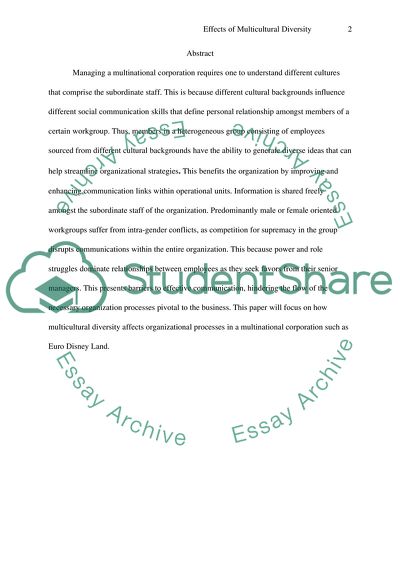Cite this document
(“Effects of Multicultural Diversity on Multinational Corporations Research Paper”, n.d.)
Effects of Multicultural Diversity on Multinational Corporations Research Paper. Retrieved from https://studentshare.org/social-science/1758171-any-multicultural-diversity
Effects of Multicultural Diversity on Multinational Corporations Research Paper. Retrieved from https://studentshare.org/social-science/1758171-any-multicultural-diversity
(Effects of Multicultural Diversity on Multinational Corporations Research Paper)
Effects of Multicultural Diversity on Multinational Corporations Research Paper. https://studentshare.org/social-science/1758171-any-multicultural-diversity.
Effects of Multicultural Diversity on Multinational Corporations Research Paper. https://studentshare.org/social-science/1758171-any-multicultural-diversity.
“Effects of Multicultural Diversity on Multinational Corporations Research Paper”, n.d. https://studentshare.org/social-science/1758171-any-multicultural-diversity.


